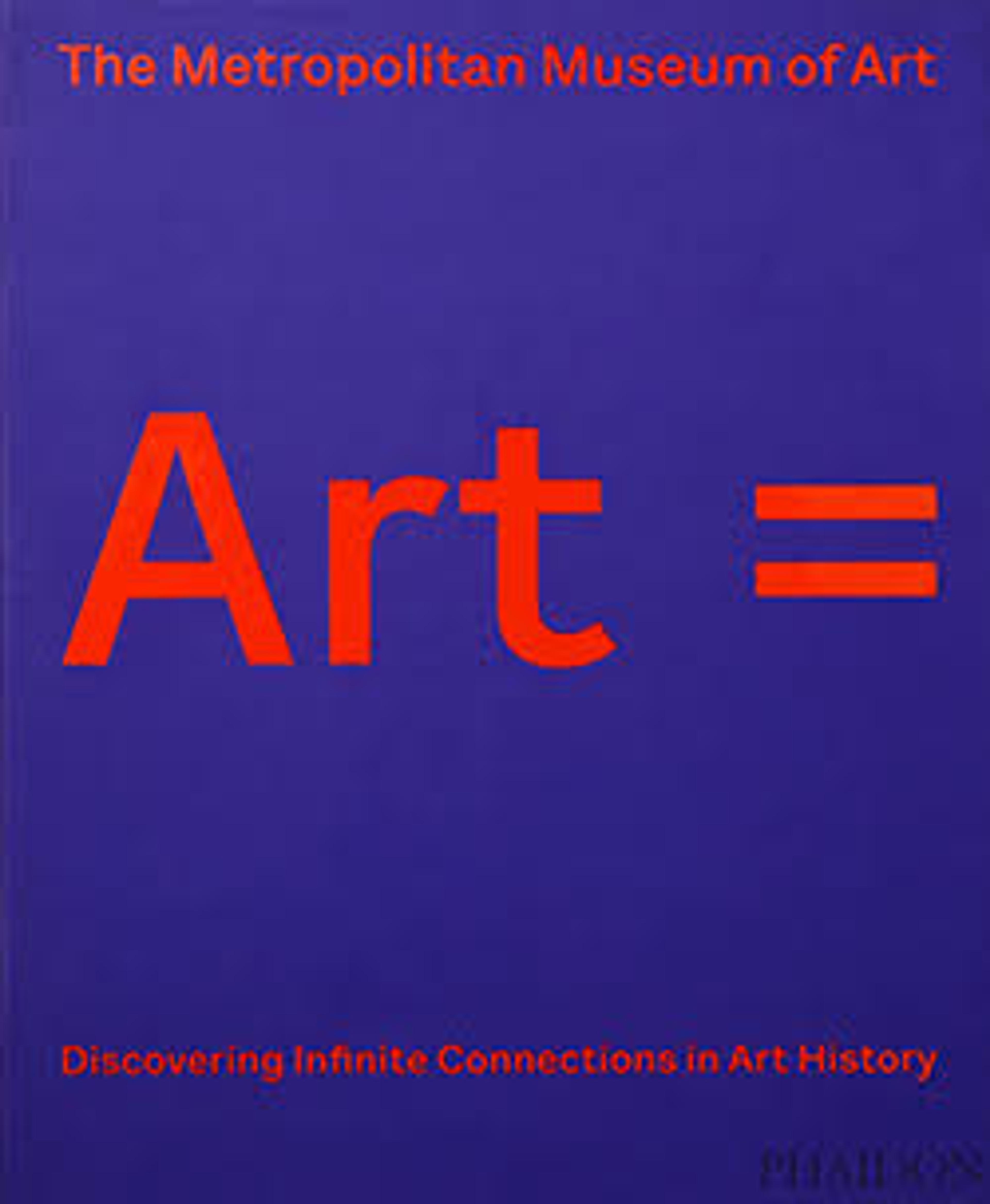Standard
Under the Ottomans, Safavids, and Mughals, steel or silver standards were used in military, royal, and religious ceremonies. The talismanic power of this standard ('alam) is understood through the choice of the inscriptions. On one side, in the centermost circle, the Shi'i prayer venerates the Prophet Muhammad's family through his cousin and son-in-law 'Ali, his wife Fatima, and their sons Hasan and Husain, supported by the protective Throne verse (2:255). The other side honors the twelve imams, with the name of the twelfth imam enclosed in the central circle. As for the fingers, they are incomplete and display a combination of Qur'anic verses and popular Shi'i invocations. The power of the names of these religious figures, the Qur'anic verses, and the Shi'i prayers endow this standard with its amuletic properties.
Artwork Details
- Title: Standard
- Date: early 18th century
- Geography: Attributed to Iran
- Medium: Silver with black inlay
- Dimensions: H. 19 1/4 in. (48.9 cm)
W. 9 in. (22.9 cm)
D. 1 9/16 in. (4 cm)
Wt. 24.4 oz. (691.8 g) - Classification: Metal
- Credit Line: Gift of Marilyn Jenkins, 1984
- Object Number: 1984.504.2
- Curatorial Department: Islamic Art
More Artwork
Research Resources
The Met provides unparalleled resources for research and welcomes an international community of students and scholars. The Met's Open Access API is where creators and researchers can connect to the The Met collection. Open Access data and public domain images are available for unrestricted commercial and noncommercial use without permission or fee.
To request images under copyright and other restrictions, please use this Image Request form.
Feedback
We continue to research and examine historical and cultural context for objects in The Met collection. If you have comments or questions about this object record, please contact us using the form below. The Museum looks forward to receiving your comments.
